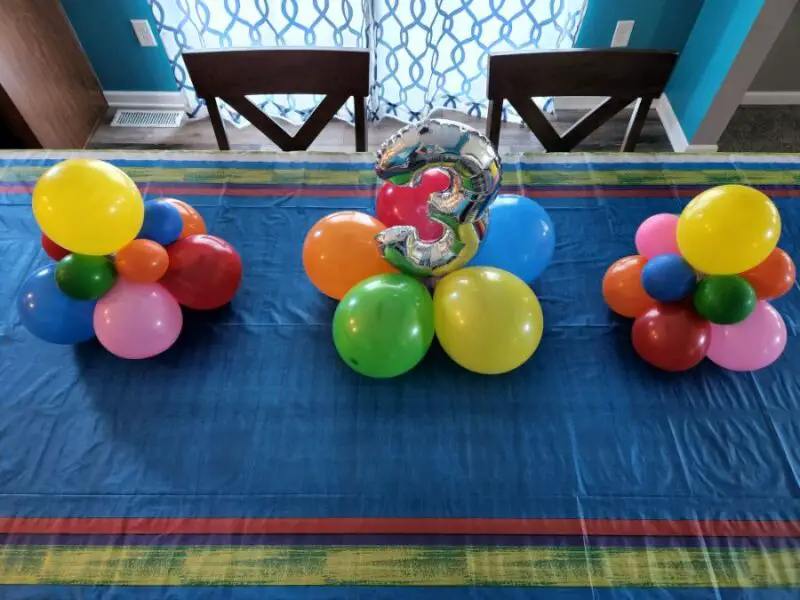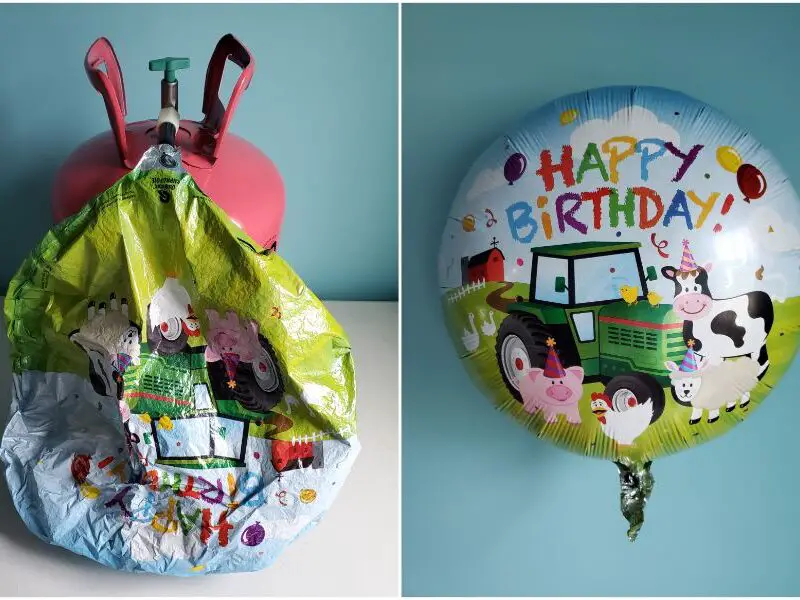It’s no secret that the fastest, most effective, way to fill up water balloons is by using a hose. But, if you don’t have one or have access to one, you might be wondering how to fill water balloons without a hose.
Don’t fret! There are a few different ways to fill water balloons! You can still have all the water-filled fun!
Read on to find out how to fill water balloons without a hose.
1. Use a Water Balloon Pump
Using a water balloon pump is, by far, the easiest and most practical way to fill water balloons without a hose. And, in my experience, a pump can sometimes be an even better option!
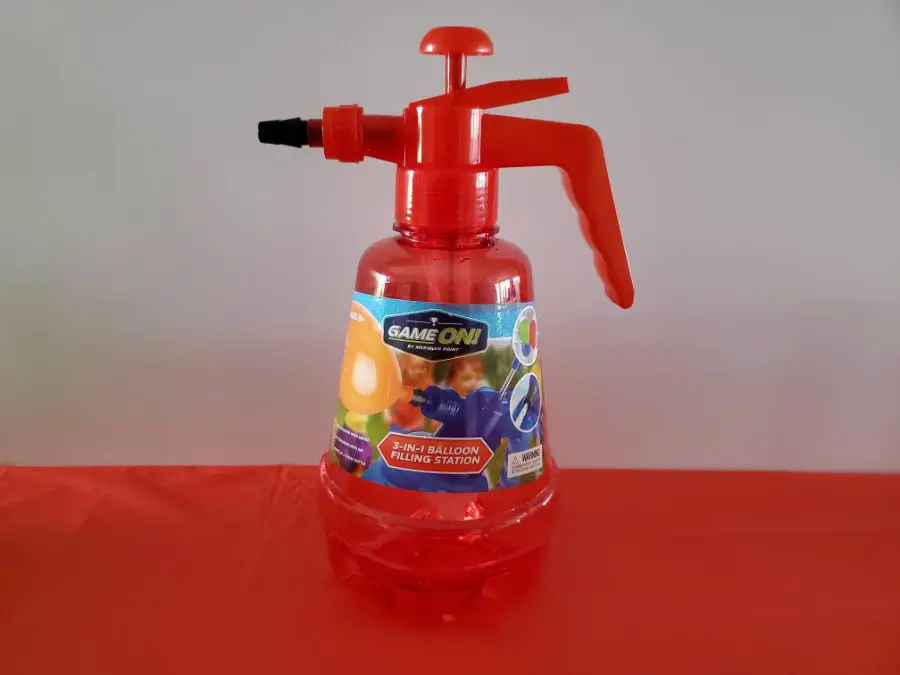
I live in a four season state, which means it gets cold. But, for my young boys, that doesn’t matter!
They’d throw water balloons in the snow if I let them! Even in the spring with cooler temperatures, they grow eager to start summertime activities.
So, a water balloon pump is a great way to let them have a little fun without bringing out the hose in chilly weather! You can fill them inside and with little mess!
Water Balloon Pump
Hose or no hose, a water balloon pump comes in handy! It’s inexpensive, ranging from $5 to no more than $20, and it’s super easy to use.
From grocery stores, to hardware stores, to online, to party stores, you can find them pretty much anywhere! And, bonus, most of them come with water balloons.
Not to mention, it’s easily portable! You can take it with you anywhere!
The way it works is simple. You fill the container with water. Most of them hold about a half gallon of water.
Pump the pressure into it – usually about 10 pumps.
Insert the water balloon on the nozzle and press the trigger to fill. Keep a firm grasp on the balloon so it doesn’t pop off!
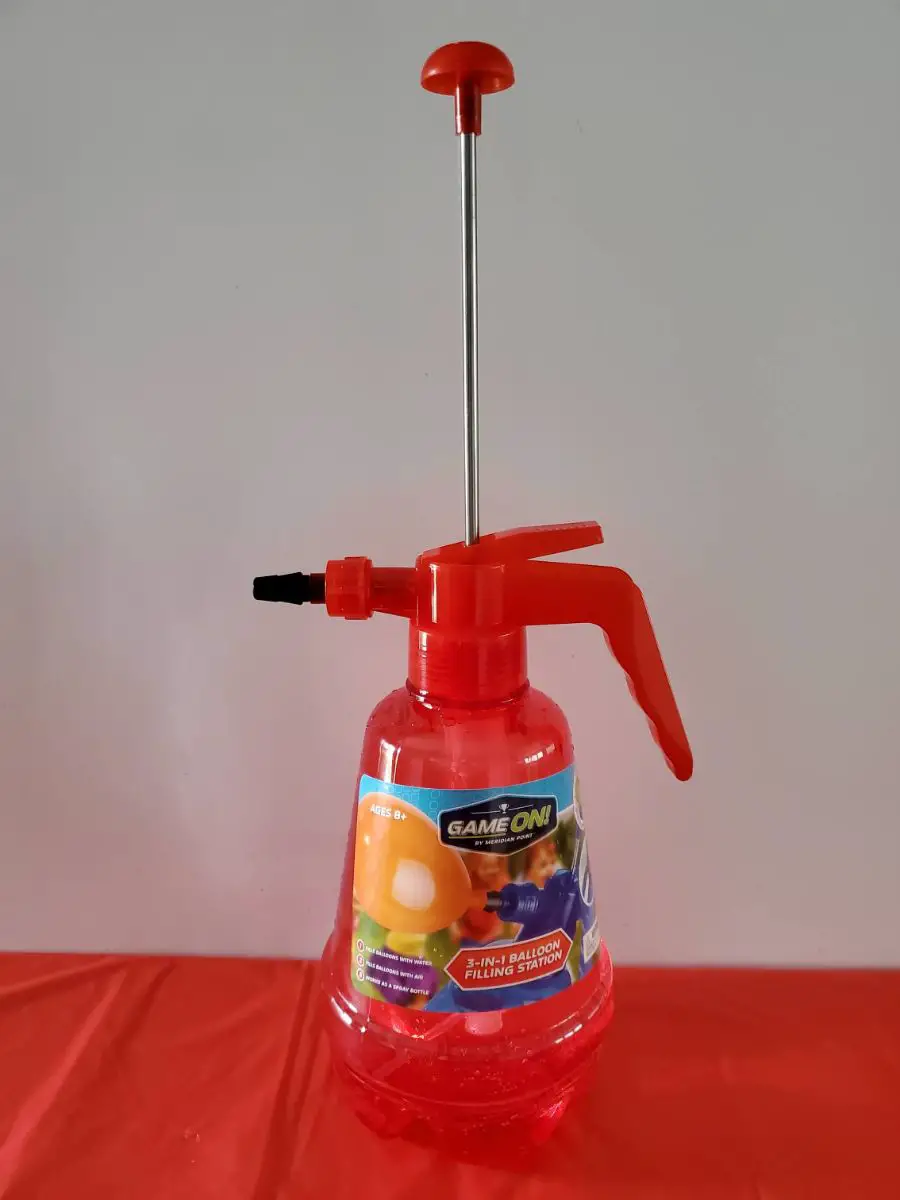
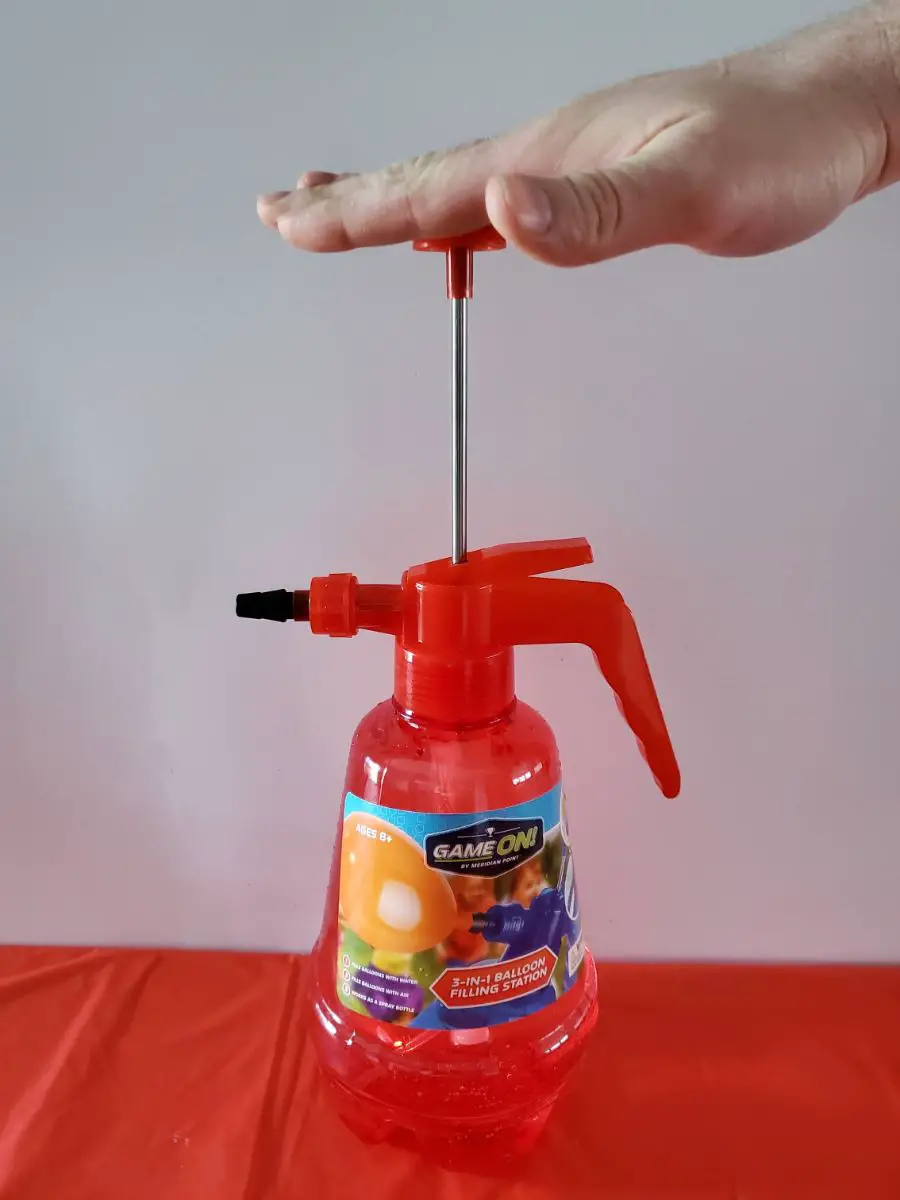
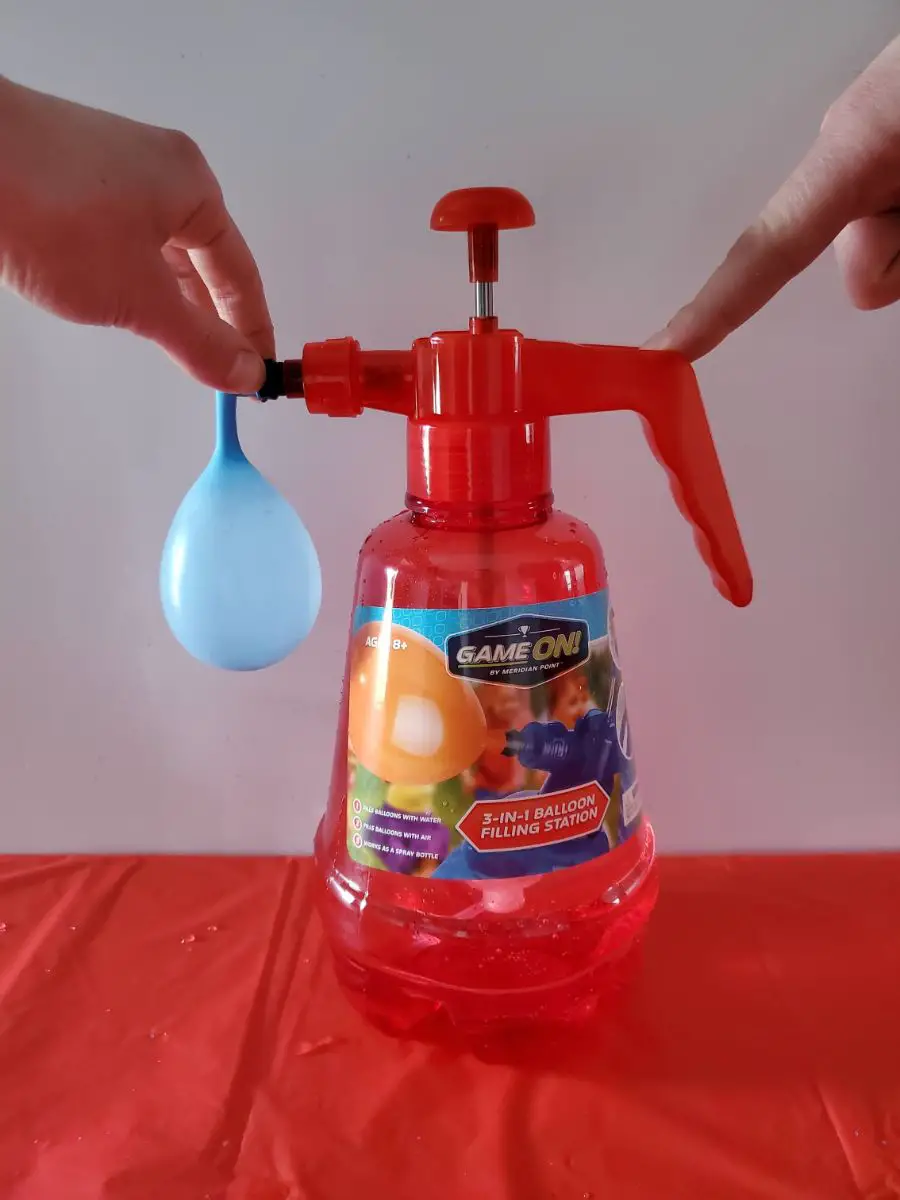
You will need to continue to pump throughout the process to keep the pressure built up. I was able to fill about 10 water balloons in a little less than 5 minutes without any help.
Refill as needed!
Pump Spray Bottle
If you don’t have a water balloon pump on hand, or if you don’t want to spend the money on one, there may be another option.
The reason a water balloon pump works is because it creates pressure inside, which propels the water out of the nozzle.
There are multi-purpose pump bottles, a lot of them being designed with the intention of gardening or cleaning, that do the exact same thing as a water balloon pump. They are simply a bottle with a pump and nozzle.
If you happen to have one of these bottles on hand, then, as long as it’s clean and safe to use, there’s no reason why you can’t use it to fill your water balloons!
In fact, I happened to have one stashed under my sink that had come with a new oven I bought for my kitchen years ago. I decided to experiment with filling water balloons, and it worked!
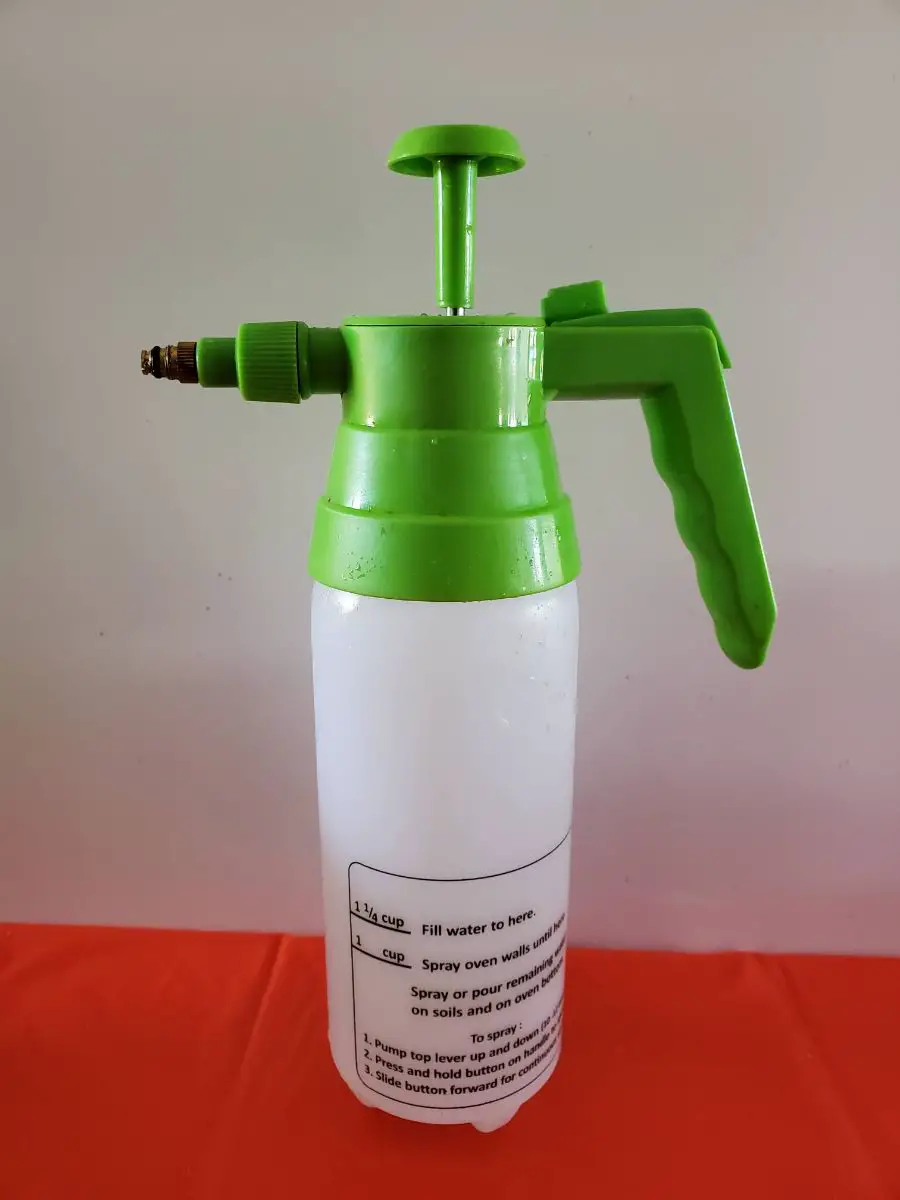
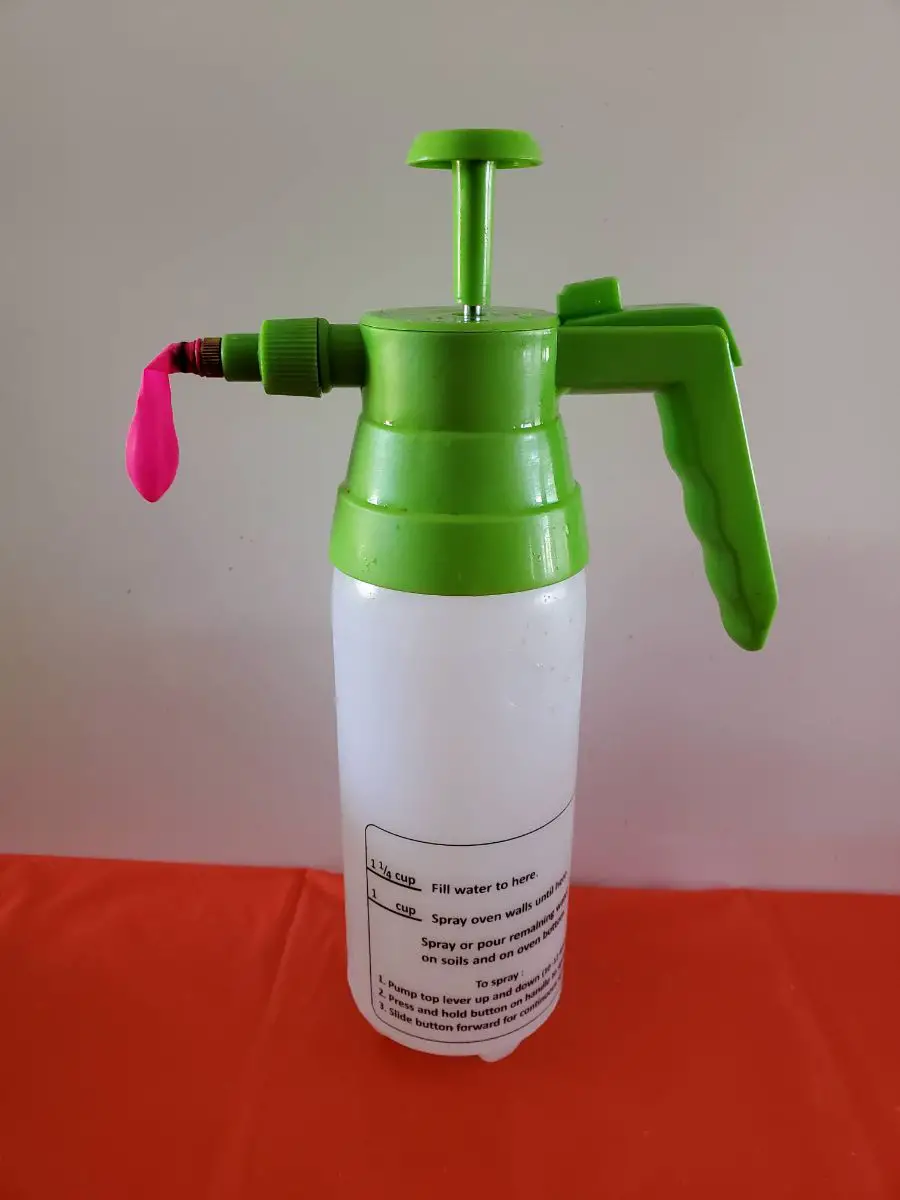
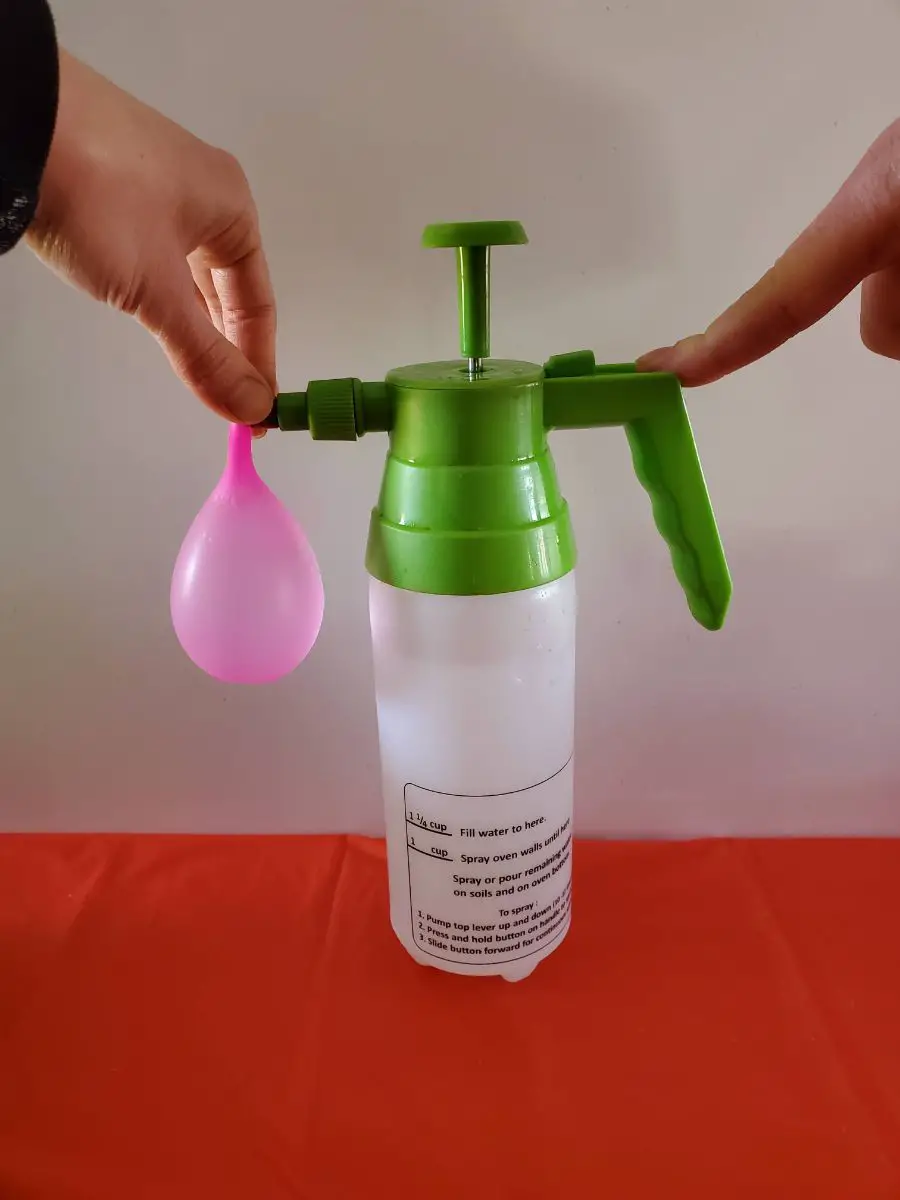
One thing to note, these sprayers are generally used as a spray or mist. I did have to remove the tip of the nozzle to remove the spray and increase the pressure. An easy fix!
2. Use Your Faucet
This method of filling water balloons will only work with certain faucets. You have to be able to wrap the balloon around the spout to direct all of the water pressure inside of the water balloon.
Unfortunately, it will not work to just stick the balloon under the running water, no matter how high the water pressure seems to be. The balloon material needs sufficient force to expand.
Water balloons are smaller and more delicate, which is why they are perfect for throwing and splashing. So, if you have a faucet somewhere in your house that will allow you to wrap the balloon around, then you can definitely use this method.
For example, the faucet in my kitchen is a large sprayer. I would never be able to wrap any kind of balloon around the nozzle.
I was able to make it work with my bathroom faucet, however! See below.
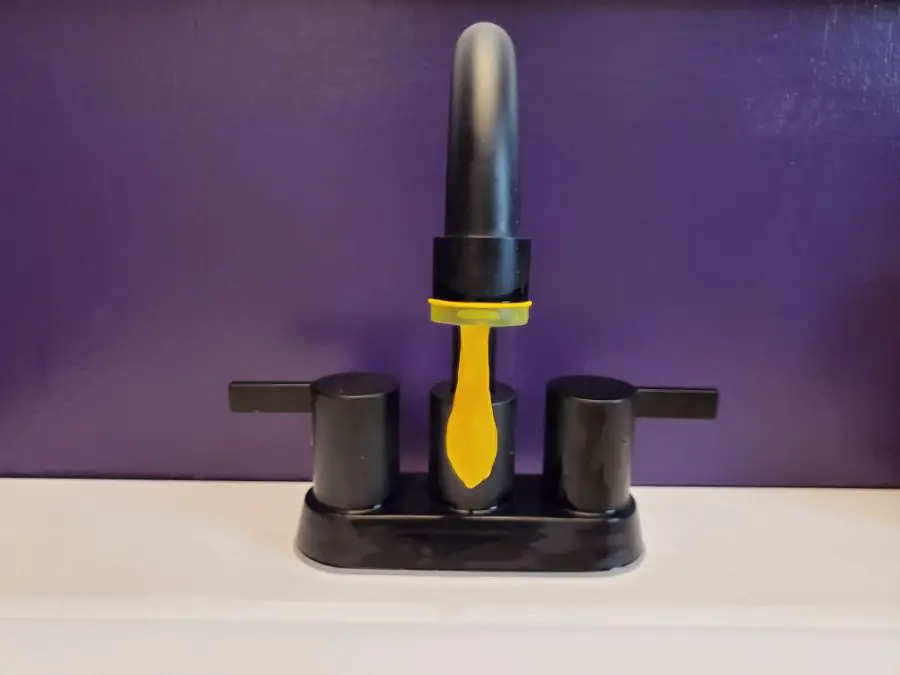
Sometimes, I use regular 9 inch balloons for water balloons, for ease of filling them up or if it’s what I happen to have on hand.
They’re a little bit harder to break, but they can be filled with more water. And, because they’re more durable, they’re easier to fill from a sink faucet.
Give it a try! Our fun is only limited to how innovative and adventurous that we want to be!
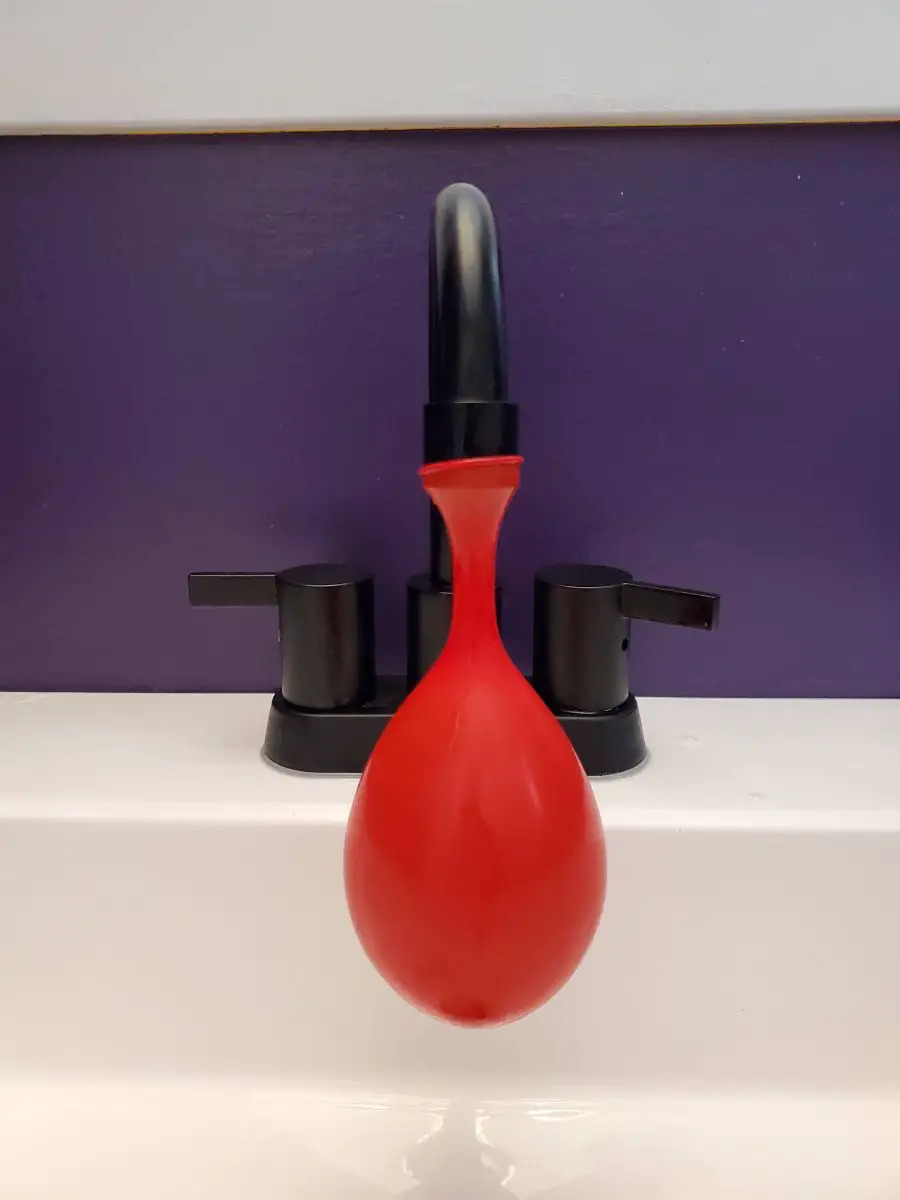
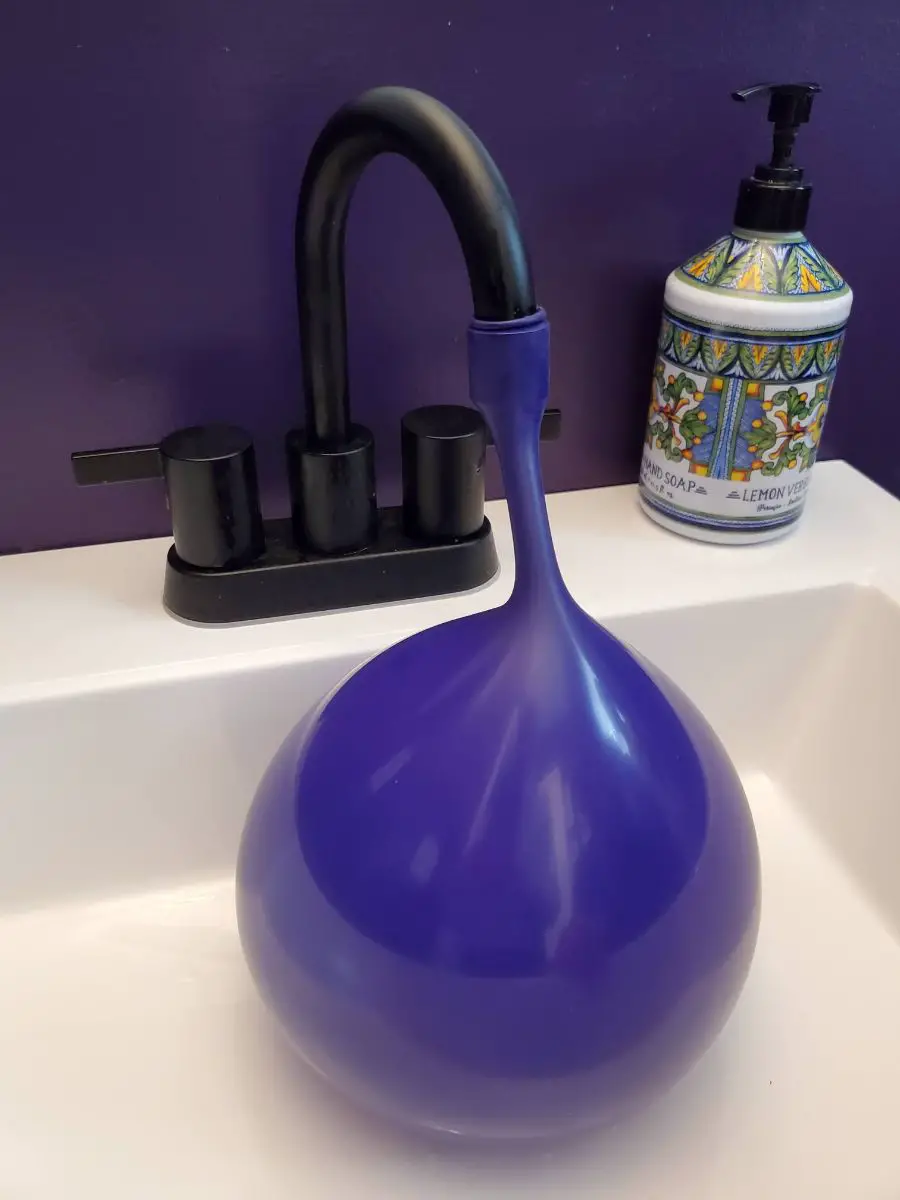
3. Use a Plastic Squeeze Bottle
While not the quickest way of filling water balloons, it does work! And, it works in a pinch!
Any kind of bottle that you can squeeze to apply pressure to the liquid inside will work. It also should have a nozzle or tip that allows you to put the balloon on.
Reusable condiment squeeze bottles and recycled Sriracha or mustard bottles are just a few options you might consider.
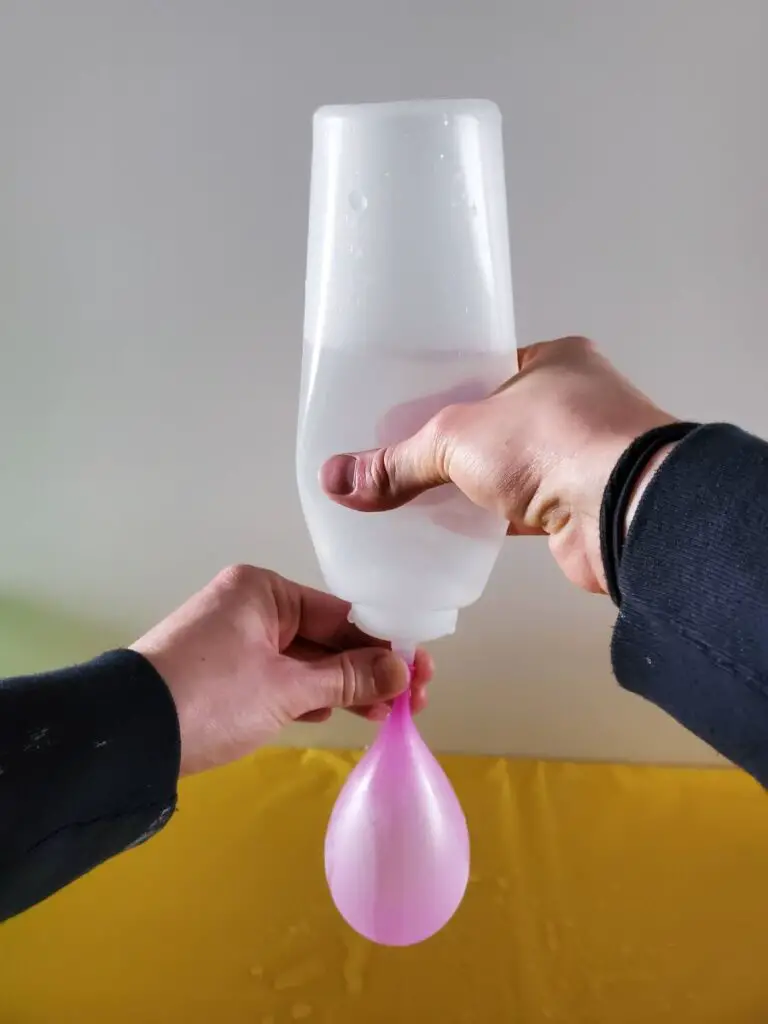
Alternative Water Balloon Options
As you now know, water balloons are not just about pouring water into them. Putting them under running water, dipping them into a pool, or even funneling water into them are not effective ways to fill water balloons.
The balloons will only expand if there’s enough pressure exerted. But, if you take that factor out of the equation, then you can fill them in any way you please!
There are refillable water balloons that you can purchase. Because they are not made with the stretchy, latex material, they do not need the pressure required to fill a normal water balloon.
A refillable water balloon is a great option to solve the no-hose problem!
And, on that note, did you know that the water balloon fun doesn’t have to end, even after you run out of water balloons? Check out some fun ways to Make Water Balloons Without Balloons!
You can make your own water balloons and easily fill them up!
Final Thoughts
Water balloons are a summertime staple! They’re good for all ages; you don’t have to be a kid to enjoy a good old fashioned water balloon fight!
Luckily, the fun doesn’t stop if you don’t have a hose. So, fill up those water balloons and have some fun!
And, if you’re looking to up your water balloon game, check out How to Fill Balloons With Paint for a little extra (and messy) fun!


